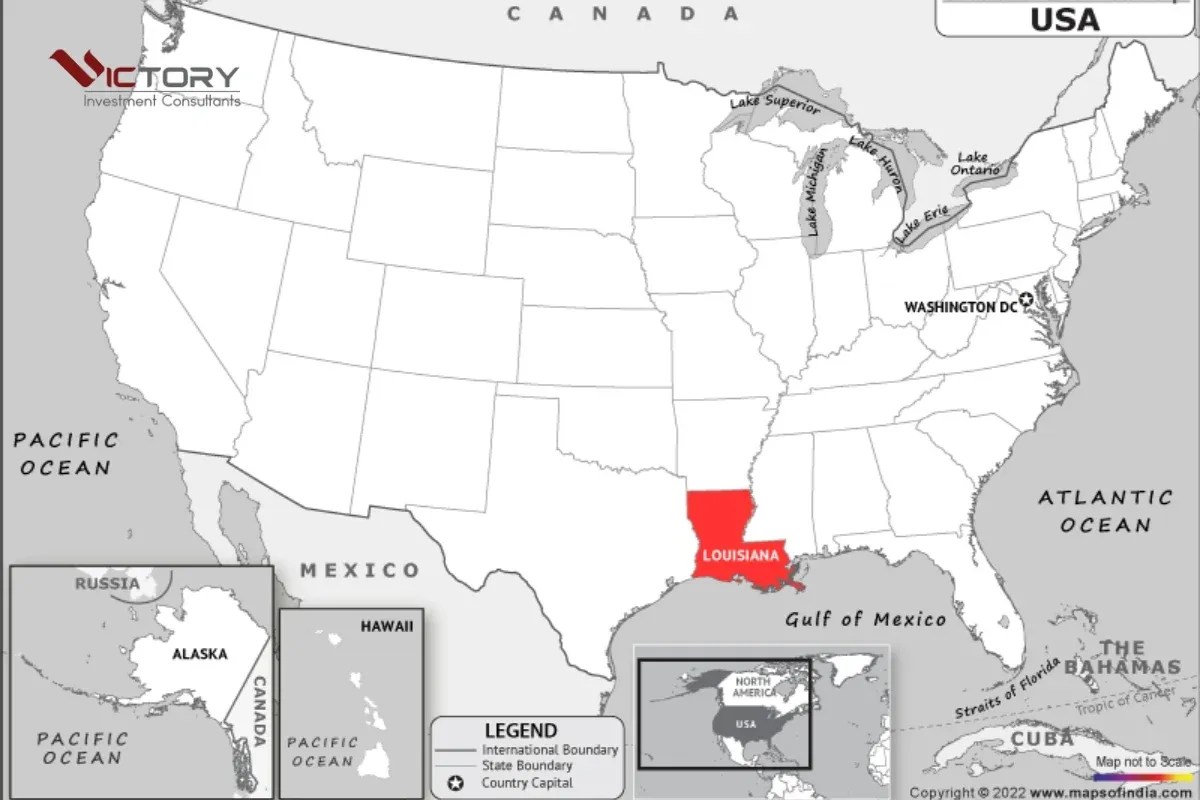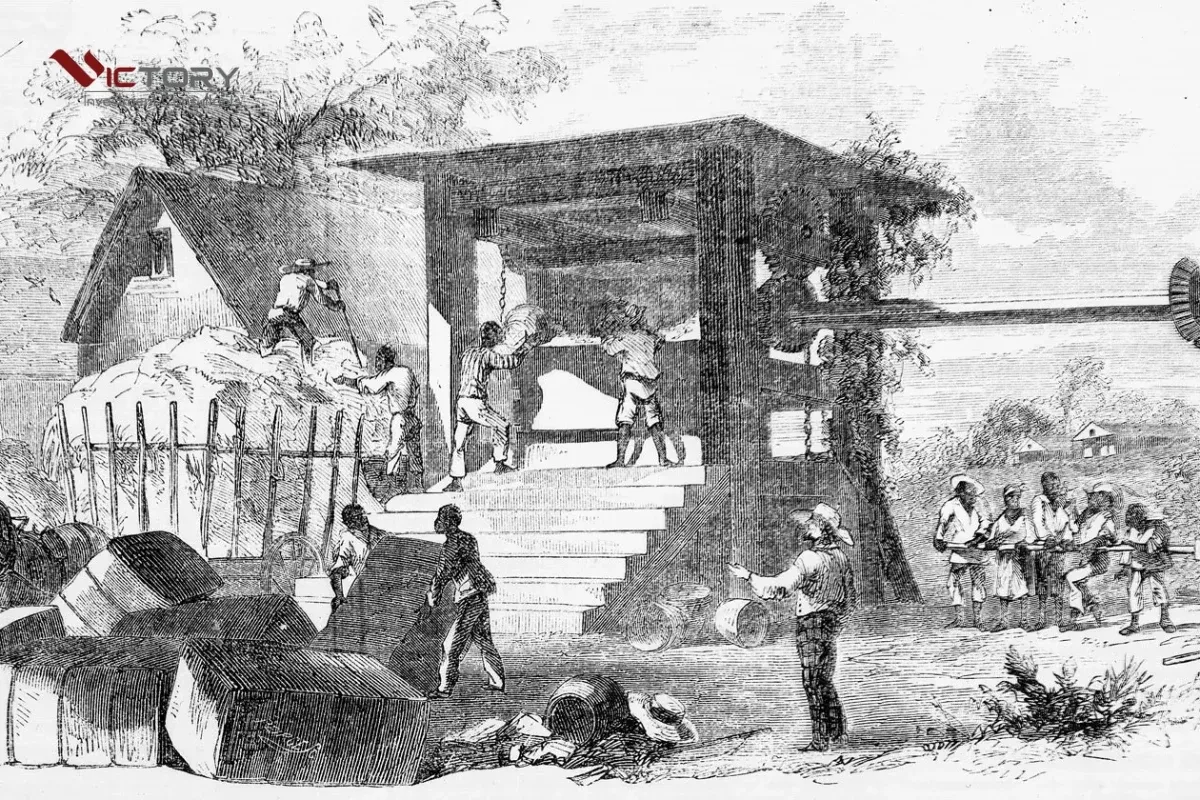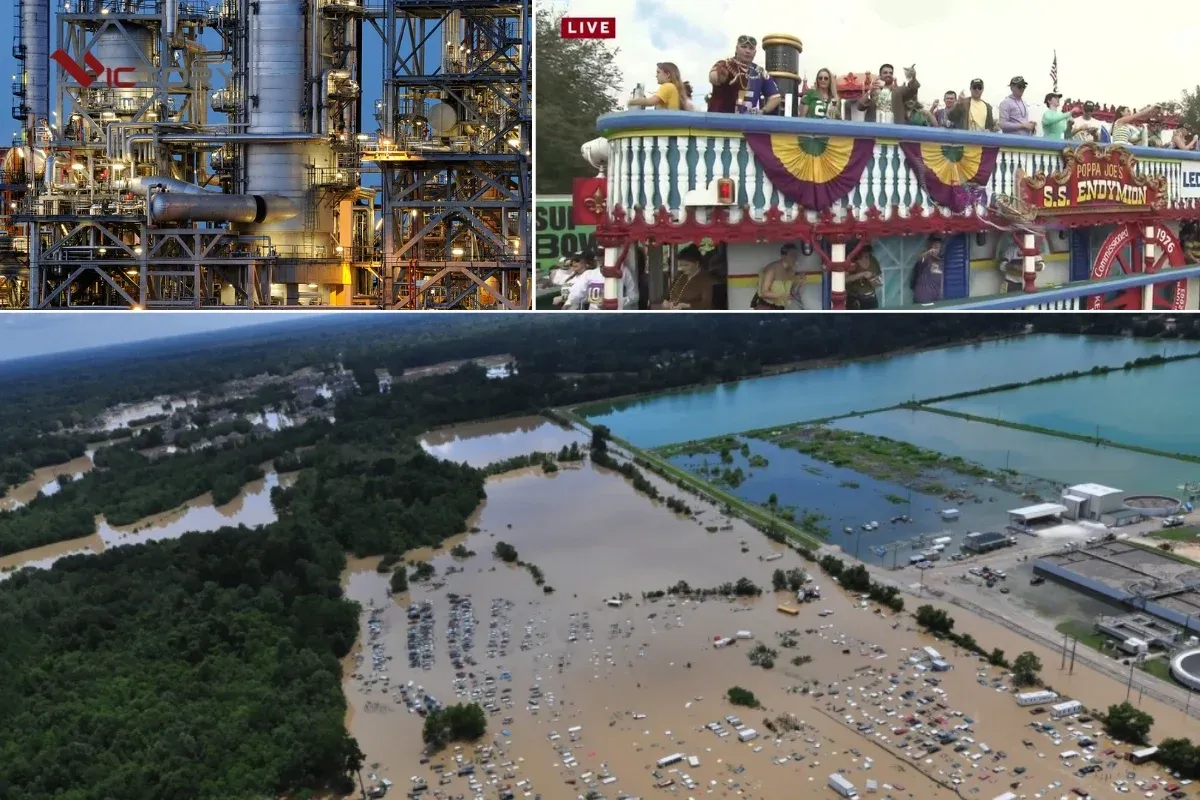Louisiana, a state in the southeastern United States, is renowned not only for its diverse culture and distinctive cuisine but also for its unique and rich ecosystems. From mysterious bayous to lush mangrove forests, Louisiana is a paradise for nature lovers and those seeking to explore the wonders of the natural world. This article will guide you through the most unique ecosystem areas in Louisiana, where you can admire unspoiled beauty and learn about the incredible biodiversity of this region.
Overview of Louisiana’s Ecosystems
Louisiana, with its special geographical location along the Gulf Coast and covered by a dense river system, boasts a variety of unique ecosystems. From coastal mangrove forests to inland swamps and highlands, Louisiana’s biodiversity is truly impressive.
Bayous
Bayous are among the most distinctive ecosystems of Louisiana. These slow-moving, stagnant waters are home to countless species of flora and fauna, from American alligators to rare migratory birds. Bayous are not only vital habitats but also act as natural filters, helping to purify water sources and protect the coastline from erosion.
Mangrove Forests
Along the Louisiana coast, mangrove forests form a natural barrier protecting the mainland from the impact of storms and large waves. These forests are habitats for many species of fish, shrimp, crabs, and seabirds. Mangrove forests also play a crucial role in absorbing CO2, helping to mitigate the effects of climate change.
Highlands
In northern Louisiana, the highlands create a completely different living environment. Pine forests, hardwood forests, and grasslands are home to many species of mammals, birds, and reptiles. The diversity of terrain and vegetation creates a rich and attractive natural landscape.

Top Unique Ecosystem Areas to Explore
1. Atchafalaya National Wildlife Refuge
This refuge is one of the largest swamp-bayou complexes in the United States, covering over 260,000 acres. Atchafalaya is home to a wide array of wildlife, including American alligators, Louisiana black bears, river otters, and over 300 different bird species. Visitors can explore the refuge by kayak, motorboat, or hiking trails.
Highlights:
- Kayaking: Explore the small creeks and admire the beautiful bayou scenery.
- Birdwatching: Look for rare birds such as bald eagles, great blue herons, and American white ibises.
- Fishing: Try your luck with catfish, bass, and crappie.
2. Jean Lafitte National Historical Park and Preserve
This national park comprises six separate sites, each representing a different ecosystem of Louisiana. The Barataria Preserve area is one of the most prominent, with walking trails through mangrove forests and bayous. Visitors can learn about the history and culture of this land at the Acadian Cultural Center.
Highlights:
- Hiking: Explore nature trails and admire the diverse landscapes.
- Visit the Acadian Cultural Center: Learn about the history and culture of the Acadians, who settled in Louisiana from the 18th century.
- Boating: Rent kayaks or motorboats to explore the creeks and bayous.
3. Breton National Wildlife Refuge
This refuge is a chain of offshore islands, home to millions of seabirds. Breton is one of the most important nesting areas for brown pelicans, gulls, and terns in North America. Visitors can join boat tours to observe birds and learn about the coastal ecosystem.
Highlights:
- Birdwatching: Watch thousands of seabirds nesting and foraging on the islands.
- Photography: Capture beautiful moments of nature and wildlife.
- Learn about conservation: Participate in educational programs and learn about the importance of coastal environment protection.

4. Kisatchie National Forest
This national forest is the largest forest area in Louisiana, covering over 600,000 acres. Kisatchie is home to many wildlife species, including white-tailed deer, wild turkeys, squirrels, and various bird species. Visitors can enjoy outdoor activities such as hiking, camping, fishing, and hunting.
Highlights:
- Hiking: Explore nature trails and admire the beautiful forest scenery.
- Camping: Set up camp and enjoy the fresh air of nature.
- Fishing: Try your luck with bass, crappie, and catfish in the lakes and rivers.
The Importance of Conservation
Louisiana’s unique ecosystems are facing numerous challenges, including climate change, coastal erosion, pollution, and the invasion of alien species. Conserving these areas is crucial to protect biodiversity, maintain ecosystem services, and ensure a sustainable future for Louisiana.
Actions you can take:
- Support conservation organizations: Donate money or participate in volunteer activities to support local conservation organizations.
- Minimize your impact: Use environmentally friendly products, reduce waste, and save energy.
- Raise awareness: Share information about the importance of conservation with friends, family, and the community.

Conclusion
Louisiana is a natural treasure with unique and diverse ecosystems. From mysterious bayous to lush mangrove forests, this region offers visitors unforgettable nature exploration experiences. By conserving and protecting these areas, we can ensure that future generations will also have the opportunity to admire the beauty and wonder of Louisiana’s nature. Plan your trip today and discover the amazing things Louisiana has to offer!